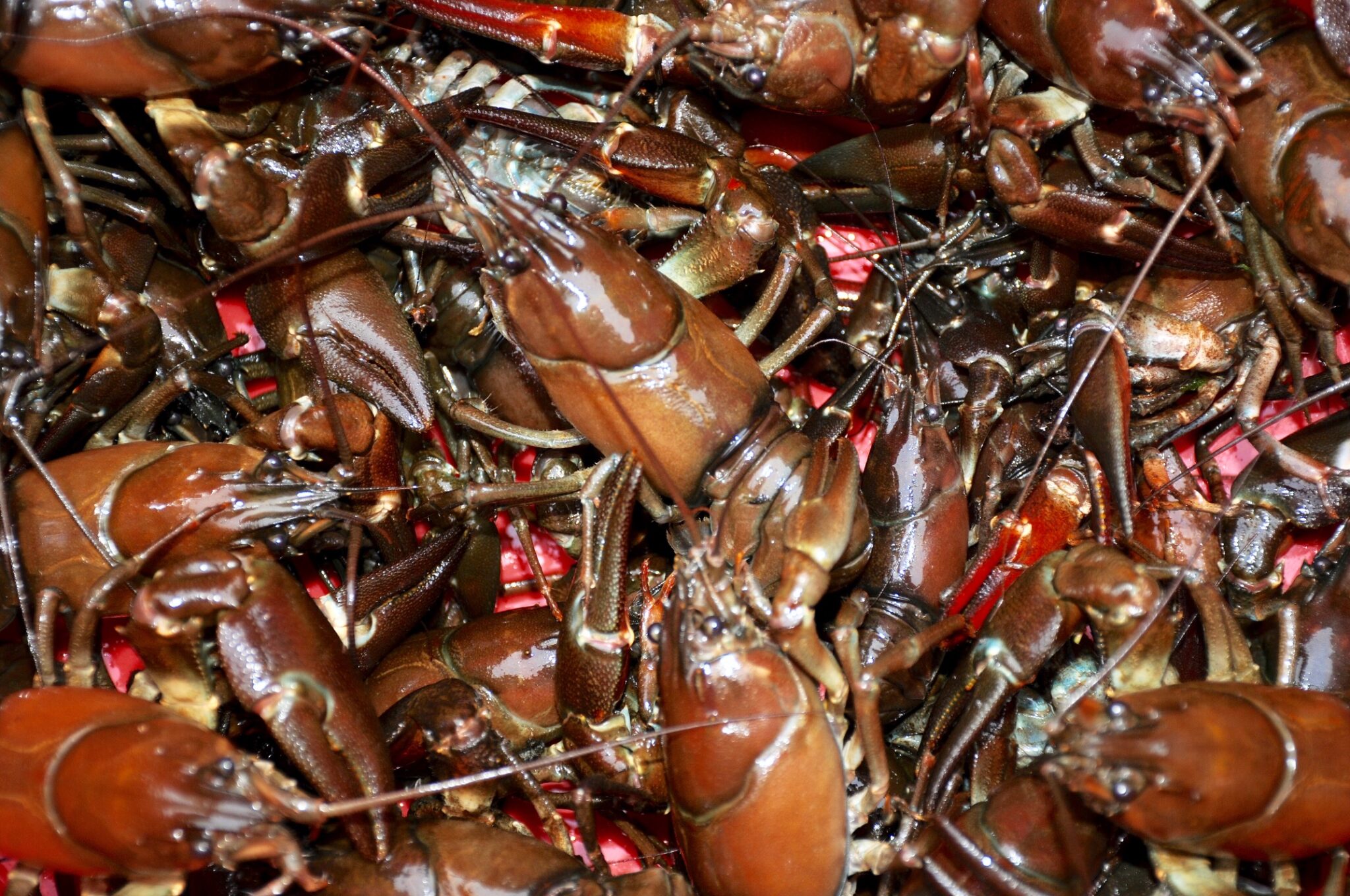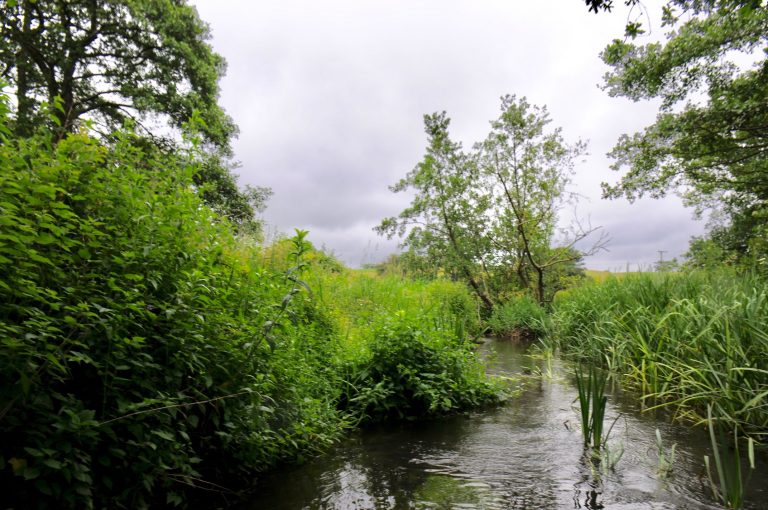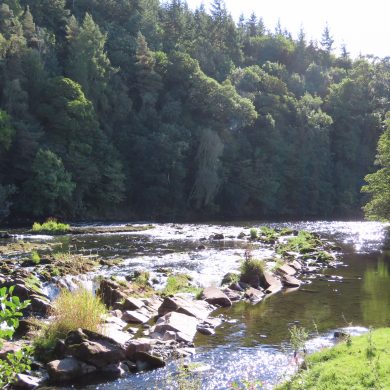Another bleak day in Norfolk, and hard to believe this is the start of July – though of old I know how desolate even the summer can become here when the wind comes in from the North, full of sea frets, drizzle, and tumbling temperatures. These are the worst of times, for sure, when it comes to a river exploration, but my last day is here and I need to form some sort of conclusion.
I have half accepted the river is not what it was when I leased it four decades ago. Possible reasons start, as ever, with agricultural pollution. We have grown used to the damnation of chemical cocktails off the land, and perhaps I need to look no further in my search. It’s fine to talk about buffer zones, but of course the river is fed here by springs that would gush out nasties into the river direct. We anglers have known all about this for years, so I’m saying nothing new I know. Therefore, we’ll move on.
Sewage overflows we hear every day cause pollutions. A farmer I trust implicitly told me about the damage caused by the sewage treatment plant at Corpusty. Releases after rain, he said to me, have caused havoc. Look at the complete absence of weed for half a mile downstream of it, he says to me. I motor up and look for the plant for a good while, and I’m ashamed to admit I could not even find it. Awful. But I’m in a slight race against time, and there is no one out anywhere in this weather to ask. What to do? Take the the word of my farmer friend is the best I can do.

Predation. My personal crusade. I’m relaxed about otters in general, after living with them for twenty-plus years. They can do damage to fish in certain circumstances, but surely not here? Given the miniature stream, the miniature fish, the jungle of woody debris… can we really think otters are the slayers of these wild browns? And much as I hate them with every fibre of my being, can cormorants be the culprits here? They might have devastated still waters all around this piece of paradise, but the Bure so close to its source has to be too shallow and too overhung to be an easy hunting ground.
It’s 4pm. The wind has not eased but guess what? The sky above the poplars is a playground of swifts, and as I stand on one of the Bure bridges I see rises up and down. I reach for my rod and in an hour take five fish and prick one of a pound at least. I have to leave, I want to hang on. I take with me a plethora of thoughts. There is life in the old lady yet. There has to be hope, there has to be some belief that the world here can be changed round. All most certainly is not lost. Perhaps this little river just needs serious, committed help and TLC. I think of Robbie all those those years ago down river at Abbots Hall, the efforts he drove us to perform, and the successes we achieved. How many similar streams around the UK are similarly ignored, waiting to be saved, wanting to fulfil their purpose?
I’m shut up now in my cottage. Probably I have had a gin too many, but my wits are with me. It might be that our trout streams have always needed tending, and that left to fend for themselves their downward spiral begins. Think of the Test. Imagine what it would be like if for the next forty years all the keepers left and the river saw not a soul. Would the paths be managed? Would the weed be cut and the cover be trimmed? Above all, would the fish flourish, or would numbers dwindle eventually down to nothing? In my view, tired as I am, thank God for bodies like the Wild Trout Trust. How we need that energy, that inspiration, and that vision if we are to save the lesser streams like my upper Bure well into the future.


